Why Vending Solutions Are the Key to Revolutionizing Automated Retail
As the landscape of retail continues to evolve, Vending Solutions are emerging as a pivotal force in revolutionizing automated retail experiences. According to a report by Allied Market Research, the global vending machine market was valued at approximately $30 billion in 2020 and is projected to reach $64 billion by 2027, growing at a compound annual growth rate (CAGR) of 12.2%. This significant growth underscores the increasing consumer demand for convenience and speed, which vending solutions are expertly positioned to fulfill. By leveraging advanced technology such as cashless payment systems, inventory management software, and personalized marketing, these solutions are not only enhancing customer engagement but also streamlining operational efficiency. As businesses adapt to shifting consumer habits, implementing innovative vending strategies will be crucial to staying competitive in the fast-paced retail sector.
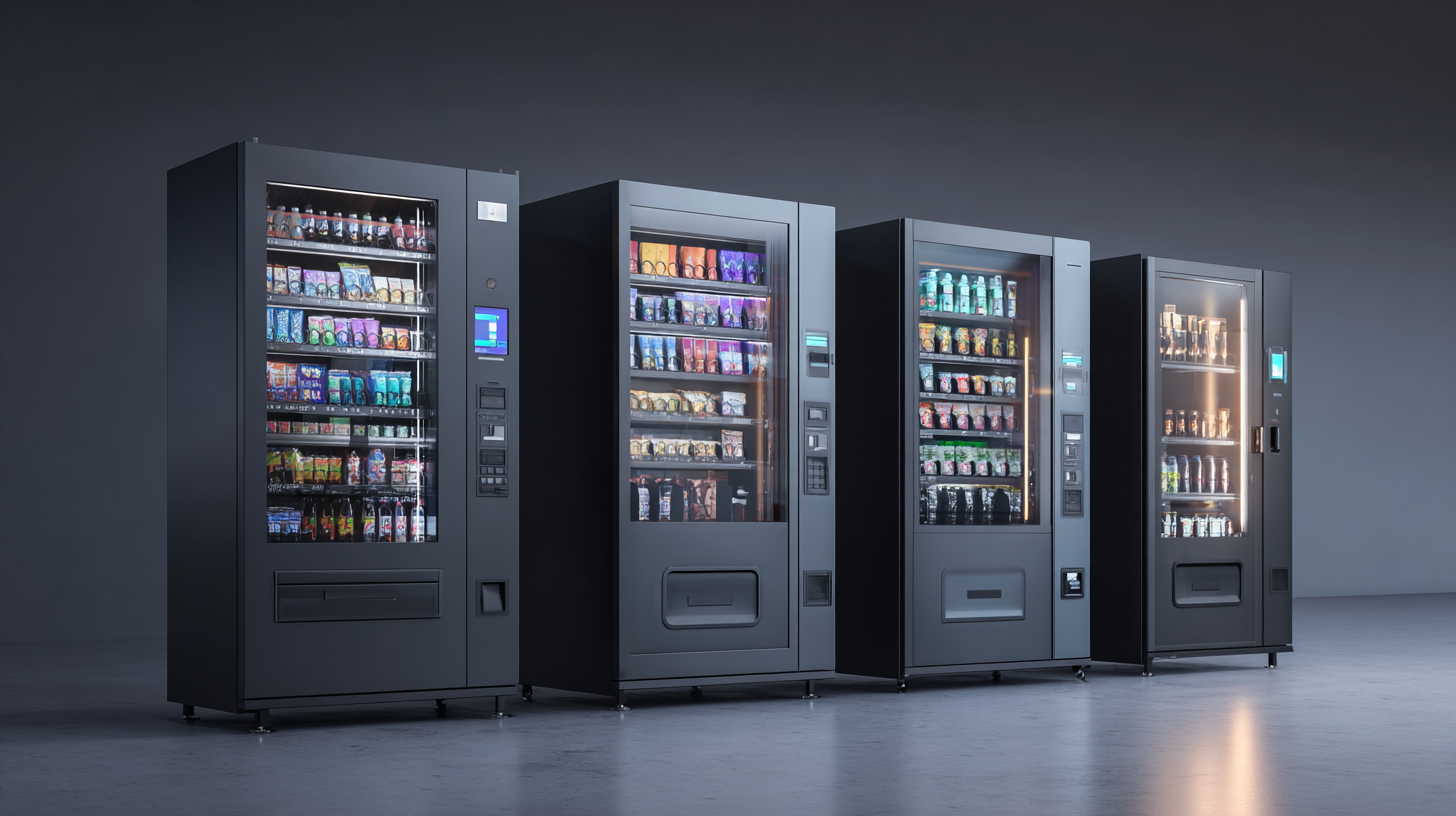
The Rise of Automated Retail: Market Trends Driving Vending Solutions
The automated retail sector is witnessing unprecedented growth, driven by evolving market trends and technological advancements. The global smart vending machine market is projected to expand from $11.47 billion in 2025 to $36.89 billion by 2032, showcasing a remarkable compound annual growth rate (CAGR) of 18.2%. This surge is fueled by the increasing demand for convenient, self-service options that cater to on-the-go consumers.
As self-service kiosks also gain traction, their market size is anticipated to exceed $14.63 billion by 2025, with a CAGR of over 10.5%, reaching $39.71 billion by 2035. The improvement in connectivity plays a significant role in this growth, enabling companies to offer enhanced user experiences and streamline operations.
Tips for Implementing Vending Solutions:
- Evaluate consumer preferences and update offerings accordingly to ensure product relevance.
- Invest in smart technology to boost connectivity and provide real-time inventory management.
- Consider the integration of payment systems that accommodate various methods, enhancing customer convenience and satisfaction.
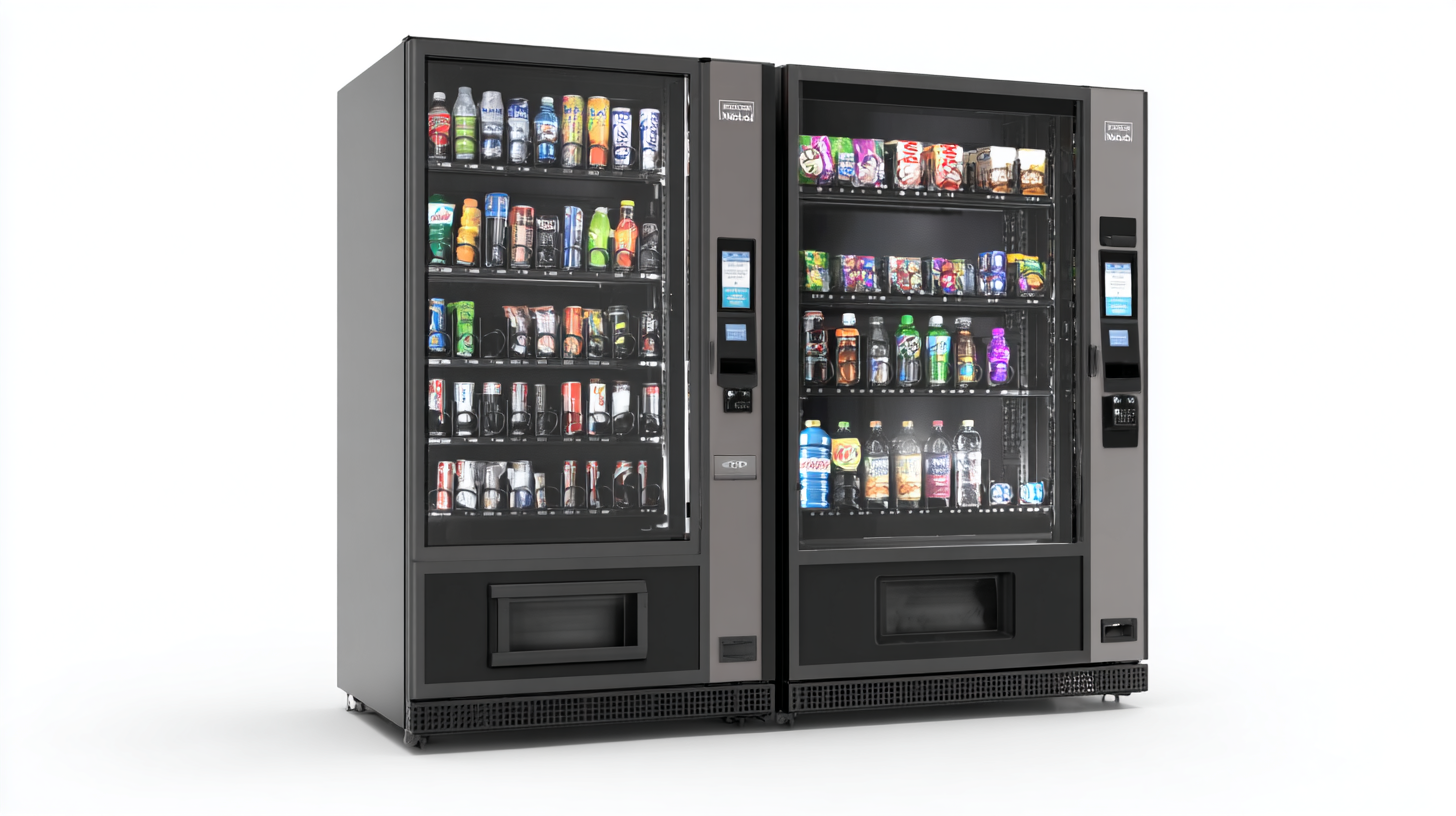
Innovative Technology in Vending: Enhancing Customer Experience and Engagement
The advent of innovative technology in vending solutions has significantly transformed the landscape of automated retail. With enhancements in digital interfaces and touchless payment systems, these modern vending machines offer customers a seamless and convenient purchasing experience.
The integration of mobile apps allows users to locate machines, customize orders, and receive real-time updates on product availability, making the entire process more engaging and user-friendly.
Moreover, the use of data analytics and machine learning in vending technology enables operators to better understand consumer preferences and stock trends. This leads to smarter inventory management and personalized marketing strategies that cater to specific customer needs. Features like interactive screens displaying nutritional information and product recommendations further enhance customer engagement, encouraging healthier choices and fostering brand loyalty. As these technologies continue to evolve, they not only improve operational efficiency but also create a more interactive and satisfying experience for consumers in the realm of automated retail.
Impact of Contactless Payments on Vending Machine Sales and User Preference
The impact of contactless payments on vending machine sales and user preference has been increasingly significant, particularly in the wake of the COVID-19 pandemic. According to a report by IBISWorld, the vending machine industry is projected to grow at an annual rate of 4.8% over the next five years, largely driven by the adoption of contactless payment solutions. Consumers now prioritize convenience and hygiene, leading to a rising demand for cashless transactions that eliminate the need for physical contact with machines.
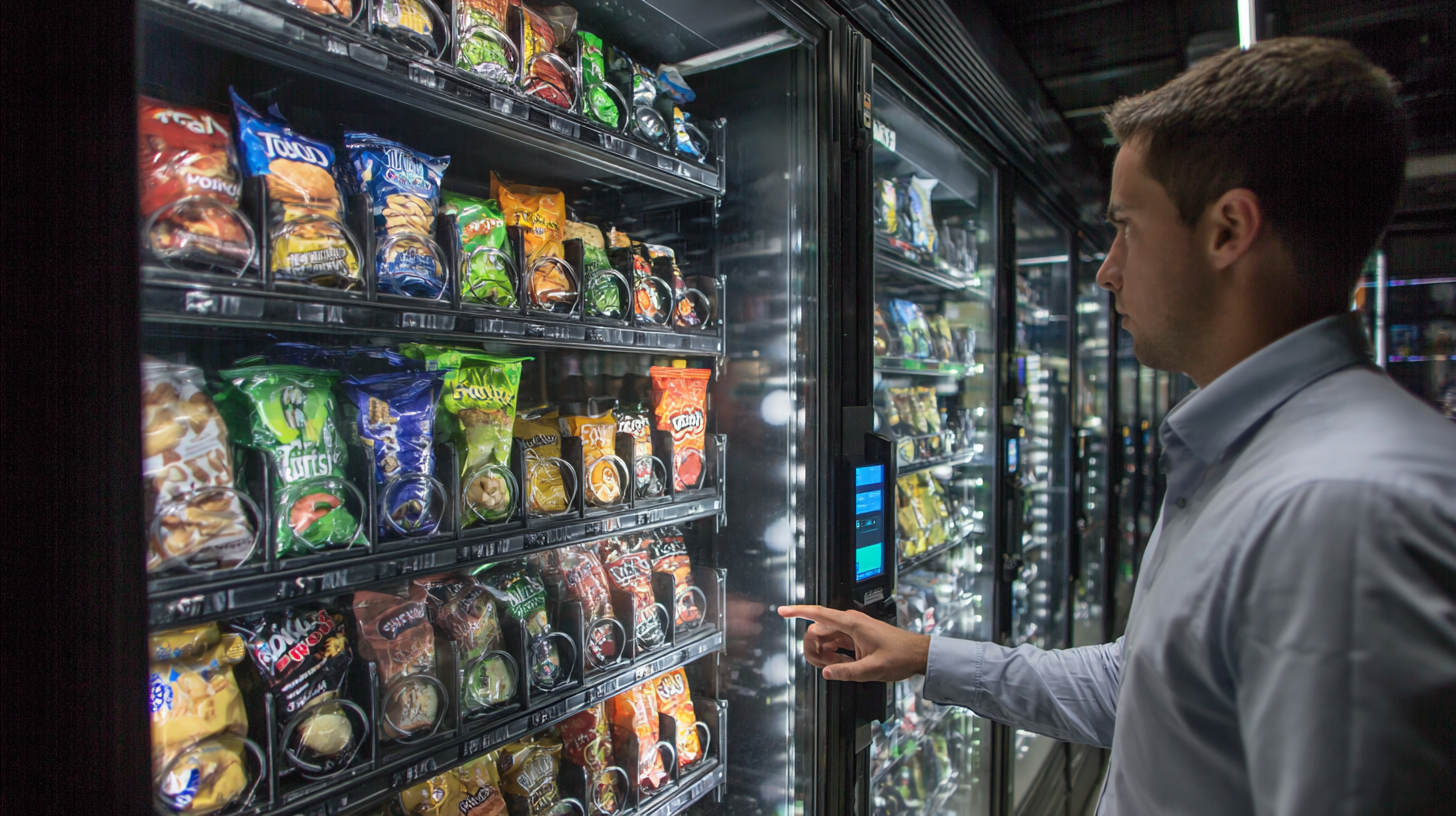
A study by Juniper Research indicates that contactless payment transactions will surpass $6 trillion globally by 2024, influencing consumer behavior across various retail channels, including automated vending. The convenience of tapping a card or mobile device to make a purchase not only speeds up the transaction process but also enhances the overall customer experience. In fact, a survey by the National Automatic Merchandising Association (NAMA) found that over 60% of respondents prefer using contactless payments at vending machines, reflecting a shift in user preference towards faster and safer payment methods. As vending solutions continue to innovate, integrating these technologies will be crucial for businesses aiming to stay relevant in this evolving market.
Sustainability in Vending Solutions: Meeting Consumer Demands and Environmental Goals
As the retail landscape evolves, sustainability has emerged as a crucial factor for businesses to consider. According to a report by Nielsen, 66% of global consumers are willing to pay more for sustainable brands. This shift in consumer behavior is driving the demand for vending solutions that not only provide convenience but also align with environmental goals. Automated retail can significantly contribute to sustainability efforts by incorporating energy-efficient machines, offering organic and locally sourced products, and utilizing eco-friendly packaging.
In addition, the vending industry is witnessing a transformation where companies are increasingly integrating technology to track and minimize waste. A study by the Green Business Bureau highlights that vending machines equipped with smart technology can reduce energy consumption by up to 30% through features like sensor-based inventory management and energy-efficient LED lighting. By adopting these innovative vending solutions, businesses can meet consumer demands for sustainability while simultaneously improving their operational efficiency and reducing their carbon footprint. This symbiotic relationship between consumer expectations and environmental responsibility positions vending solutions as pivotal in revolutionizing the automated retail sector.
Why Vending Solutions Are the Key to Revolutionizing Automated Retail - Sustainability in Vending Solutions: Meeting Consumer Demands and Environmental Goals
| Sustainability Metric | Current Benchmark | Target for 2025 | Consumer Demand (% of Consumers) |
|---|---|---|---|
| Use of Organic Ingredients | 25% | 50% | 60% |
| Recyclable Packaging | 30% | 70% | 75% |
| Energy-Efficient Machines | 15% | 60% | 65% |
| Sourcing from Local Farmers | 20% | 40% | 55% |
| Digital Feedback Systems | 10% | 50% | 70% |
Future Projections: Growth of the Automated Retail Market by 2027 and Beyond
The automated retail market is poised for significant growth in the coming years, with projections indicating that the global logistics automation market will expand from $88.09 billion in 2025 to approximately $212.81 billion by 2032. This represents a robust compound annual growth rate (CAGR) of 13.4%. This growth is driven by advancements in technology and an increasing consumer preference for convenient and efficient shopping solutions. As automated retail continues to evolve, vending solutions are becoming a critical component in this transition, offering businesses innovative ways to meet consumer demands.
Tips: Businesses should consider the integration of smart vending machines equipped with IoT technology to optimize inventory management and enhance customer experiences. Additionally, leveraging data analytics can provide insights into consumer behavior, allowing for tailored product offerings that can drive sales.
As we look towards 2027 and beyond, the potential for automated retail solutions appears even more promising. The rise of e-commerce and the increasing need for contactless shopping experiences have accelerated the adoption of vending solutions. Companies that invest in this technology now will position themselves favorably in a rapidly evolving market. Monitoring industry trends and consumer preferences will be essential for staying competitive in this space.
Related Posts
-
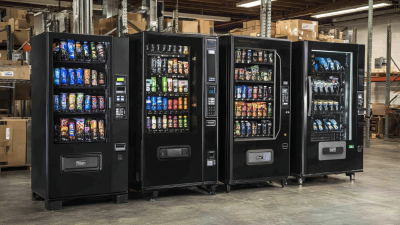
5 Best Vending Solutions to Transform Your Business Operations Today
-
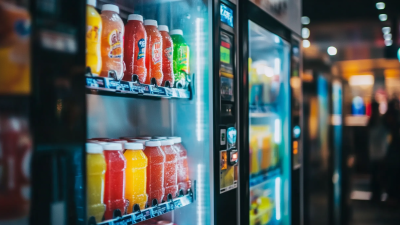
Global Standards for Hot Drinks Vending Machine Production You Should Know
-
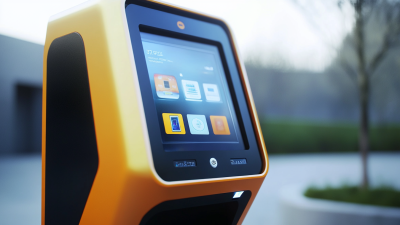
The Definitive Resource for Sourcing Touch Screen Vending Machines Worldwide
-
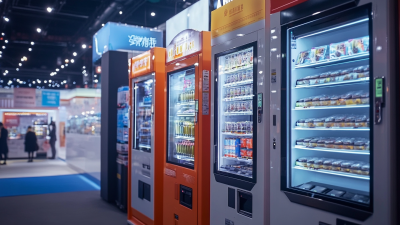
Discover the Future of Smart Vending Machines at the 137th Canton Fair paving the Way for Global Trade
-

Ultimate Guide to Choosing the Best Hot Drinks Vending Machine for Your Business Needs
-
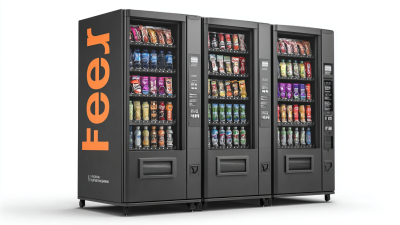
How to Choose the Best Free Vending Machine for Your Business Needs
